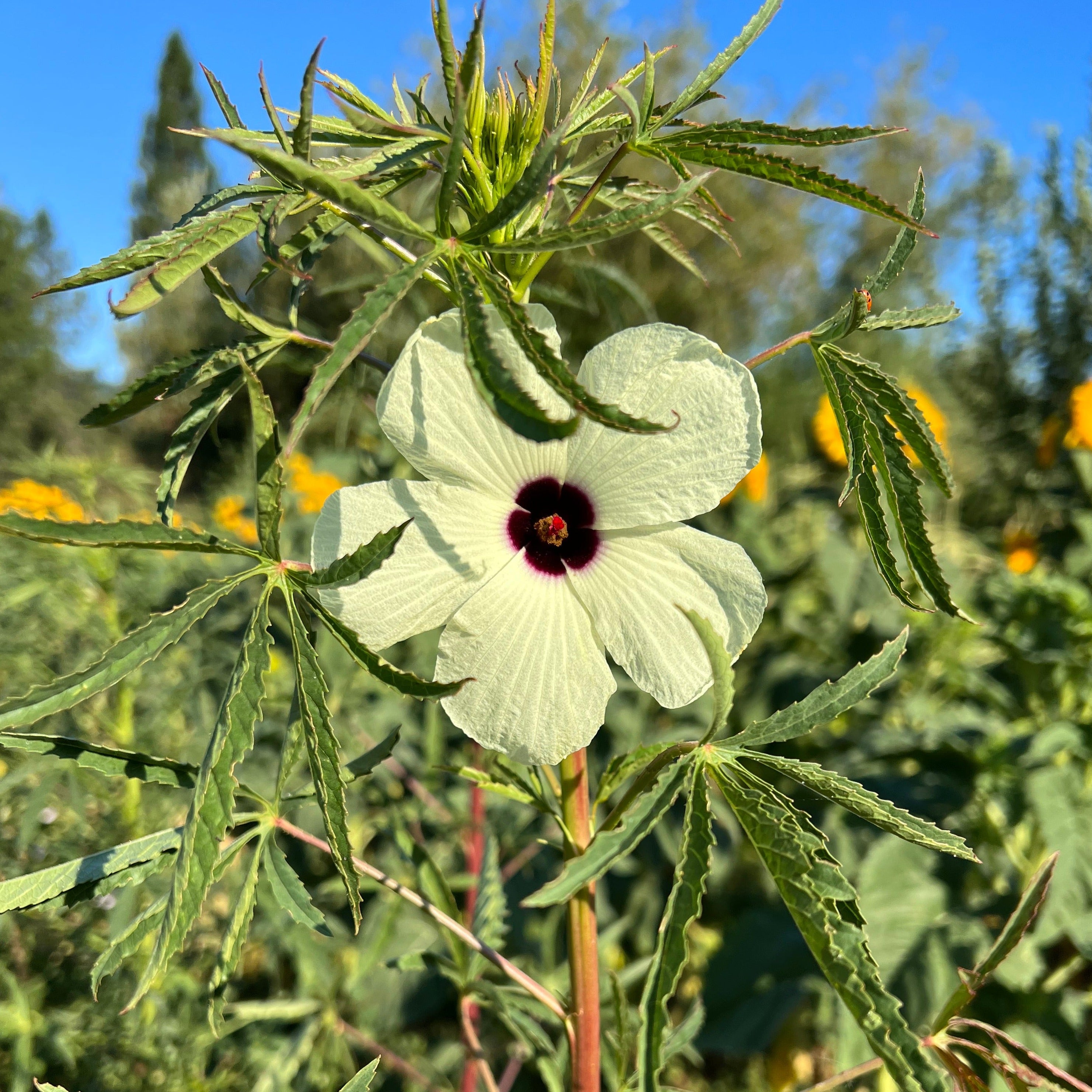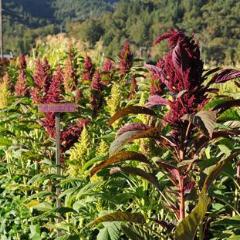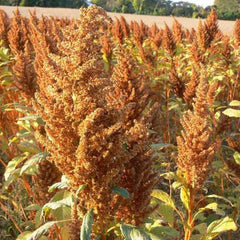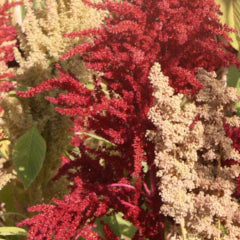Kenaf, Ming Hong aka Annual Hibiscus
Hibiscus cannabinus
Kenaf is an annual herbaceous plant from Malvaceae family which includes marshmallow, hibiscus, and okra. It is a fast growing plant that can be harvested after 3–4 months. Kenaf is among the oldest domesticated crops in the world, known in cultivation since at least 4000 years ago. It is believed to originate in Africa (possibly in Sudan). It was used in ancient Egypt (for cordage, clothes, bags, even ship-sails). Its primary use has probably always been as a fiber crop for cordage, but it also has edible leaves (a food in India, known as gongura, especially popular as the base for a hot pickled condiment) and oil-rich edible seeds.
In current times it is primarily grown for making paper from the tall stalks. It can easily grow to 6-7 feet tall. Plants are unbranched an be block planted like corn. The flowers are large (3-5") white 5 petaled wonders that open in a dramatic display. It is among the most commented on plants we have growing on the farm, during farm tours. Kenaf is a frost sensitive annual that flowers at about 80-100 days. The flowers dry down into hibiscus like seed pods containing 1 mm wedge shaped seeds. Can be direct seeded or started indoors and transplanted after the risk of frost has passed.
This hibiscus beat out hundreds of other plants in a USDA study seeking to identify the best alternatives to pine pulp for making newsprint paper. Kenaf won because it makes very fine paper, with 20% less energy than wood pulp requires, and with no clear-cutting of forests. It was recently used in Japan to make the world's thinnest paper.
Packet= 1g ~35 seeds






